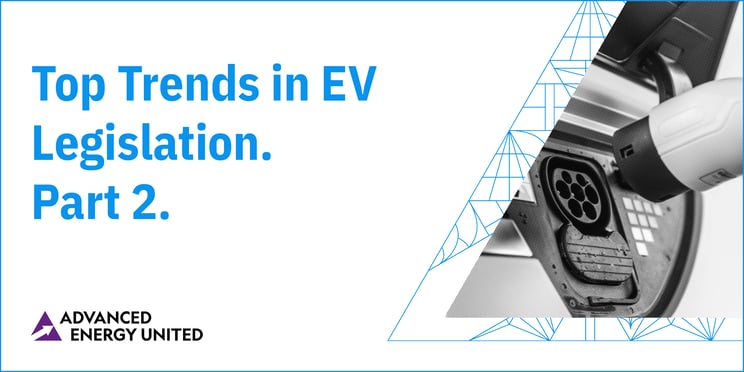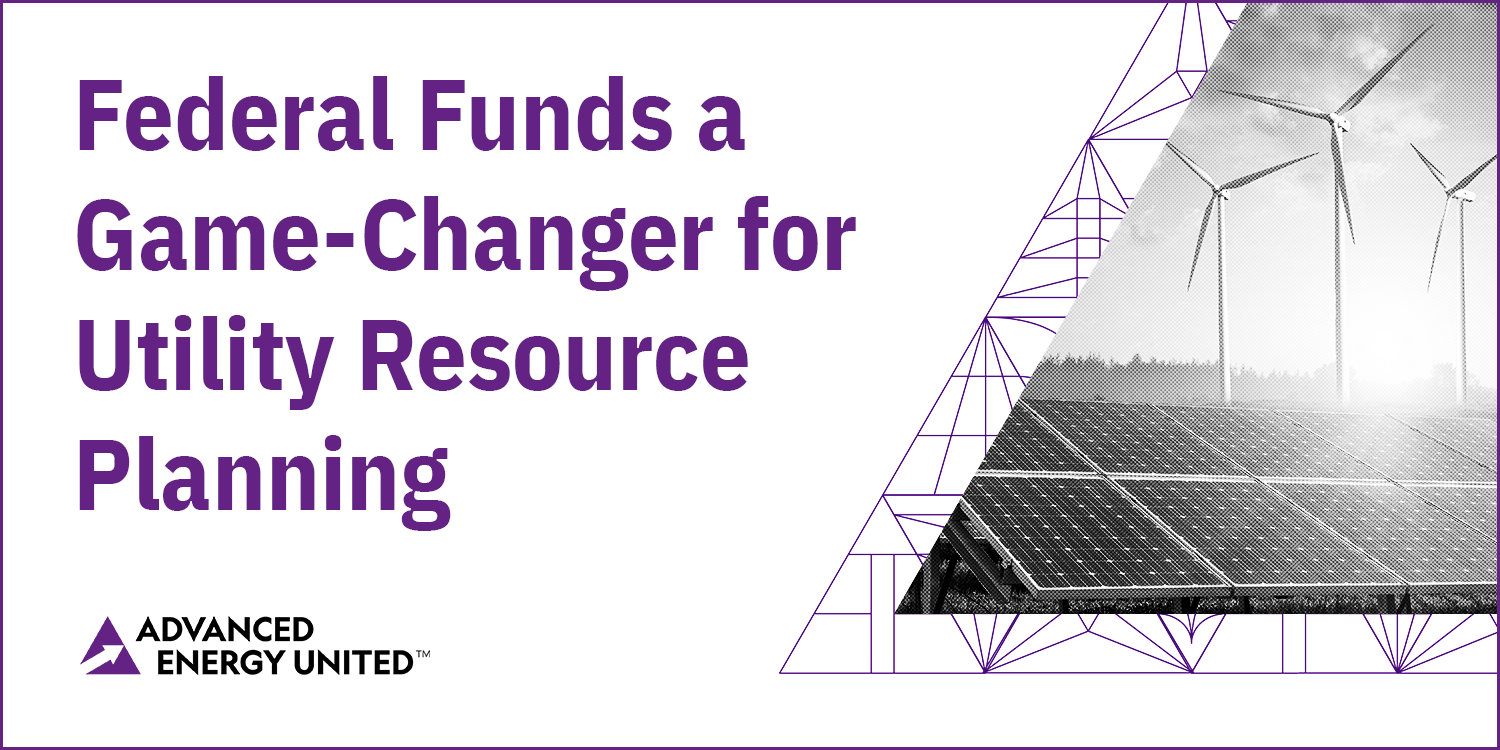
State governments across the country are increasingly turning to electric vehicles (EVs) as a way to reduce air emissions, and save taxpayers millions of dollars in the cost of fueling, maintaining and operating state-owned motor vehicles. EVs also allow state fleets to switch from imported fossil fuels to homegrown sources of renewable power, offering a path to bolstering local economies and energy security.
Read More
Topics:
Advanced Transportation,
Indiana

In our previous post, Charging toward the EV transition. Part 1. we covered the first three trends in EV legislation—looking back at 2022.
Read More
Topics:
Advanced Transportation,
Indiana,
California,
Missouri,
Vermont,
Maryland,
Connecticut,
New Jersey,
West Virginia,
Hawaii,
Louisiana,
New York

While much attention is focused on key Congressional races as we head into Election Day, the outcomes of contests for governor and state legislative seats could be just as consequential for the clean energy industry—if not more so. To ensure state policies help advanced energy and transportation make the necessary strides needed for the U.S. to reach net zero, AEE met with more than 130 candidates in key races to emphasize the value of clean energy.
Read More
Topics:
State Policy,
Texas,
Arizona,
Decision Maker Engagement,
Indiana,
California,
Nevada,
New York,
New Mexico,
Michigan,
Florida

Extreme weather. Spiking natural gas prices. Peak levels of electricity use that push the grid to its limit. Our energy system faces a growing set of challenges, and our utilities and their regulators have to make big infrastructure and investment decisions today to solve those challenges. But even with a growing number of advanced energy technologies and solutions available – including those on the demand-side – many electric utilities just want to build more natural gas-fired power plants. We think there is a better way. Here’s how utilities – and one utility in particular – can use rates, incentives, and technology to manage energy use and save customers money.
Read More
Topics:
State Policy,
Utility,
Energy Efficiency,
Indiana




